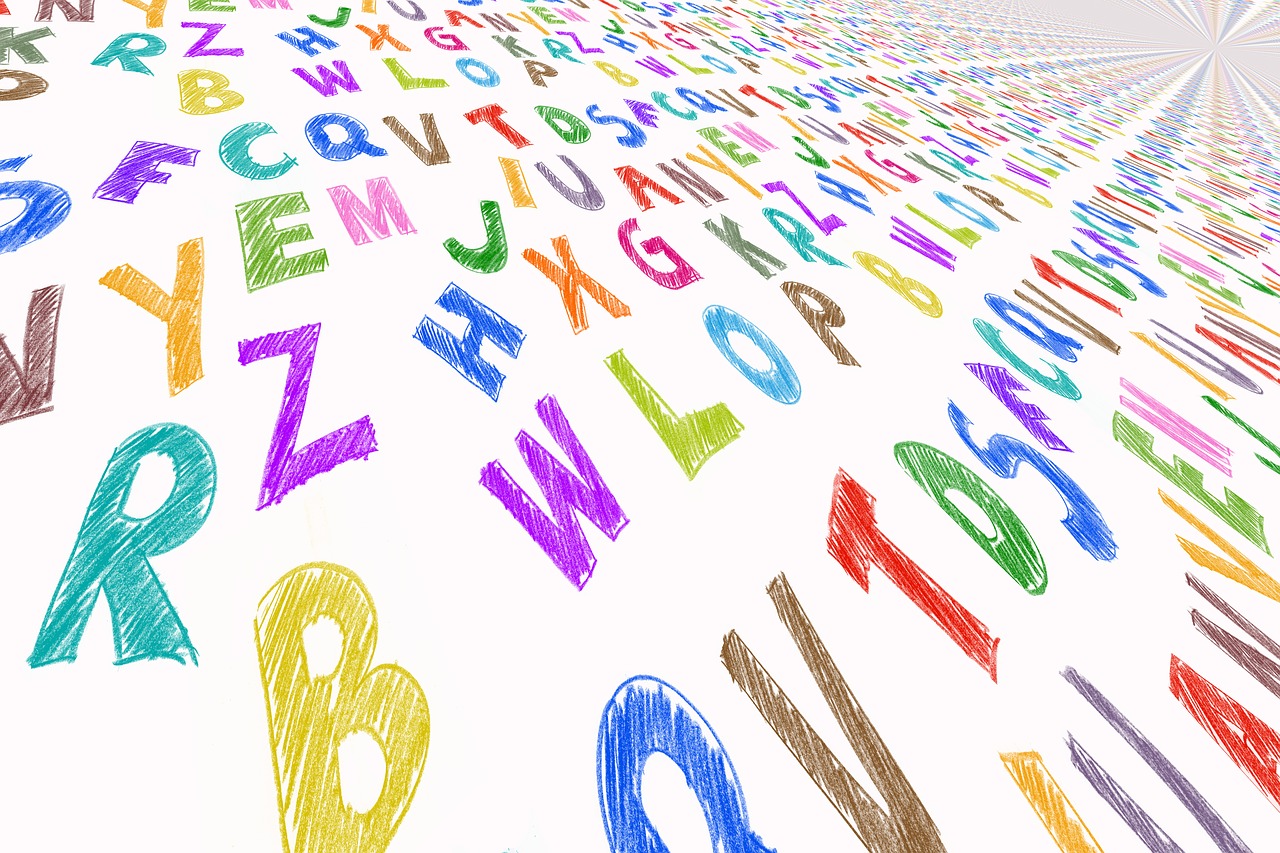Easy ways to build children’s vocabulary

Helping your child to build their vocabulary is beneficial for a number of reasons. It improves communication, helps with pronunciation and with self-expression. There are many easy ways to build children’s vocabulary in order to help them succeed in school.
Encourage using a dictionary and thesaurus
Having a dictionary and thesaurus to hand will encourage your child to look up spellings and synonyms whenever they please. If they are stuck on a particular spelling or wish to know a word definition, you can encourage them to check for themselves in the dictionary. If your child wishes to expand their vocabulary or try creative writing, go through a thesaurus together and learn new words.
Understanding the types of vocabulary
There are four types of vocabulary:
- Listening
Hearing and understanding different words.
- Speaking
Words we use in our vocabulary when we communicate.
- Reading
Words we recognise and understand when we read.
- Writing
Words we use when we write.
Typically, a younger child’s spoken vocabulary is larger than their writing and reading vocabulary. As the child becomes older and can read confidently, their vocabulary grows in all four areas.
The two main methods of vocabulary development
There are two ways children develop their vocabulary:
Indirect methods
Most vocabulary is developed in this way.
It involves:
- Everyday conversation and speaking to other people to improve fluency with spoken English.
- Reading for pleasure. This improves vocabulary and it helps with putting words into context.
- Watching movies and listening to music. This will expand vocabulary and help with pronunciation.
Direct methods
This approach involves active learning to improve vocabulary, such as:
- Learning the formal vocabulary curriculum. This is usually taught as part of the school syllabus through learning rules of English.
- Word analysis. This is the breakdown of words to understand how words are formed and how they sound.
- Learning roots, suffixes and prefixes. Word roots help children to understand where words originate from. Suffixes are the end of a word and follow a pattern, for example ‘-ing’ or ‘-ed.’ Prefixes come before the word, like ‘un-’ and ‘dis-‘ to change the word meaning.
